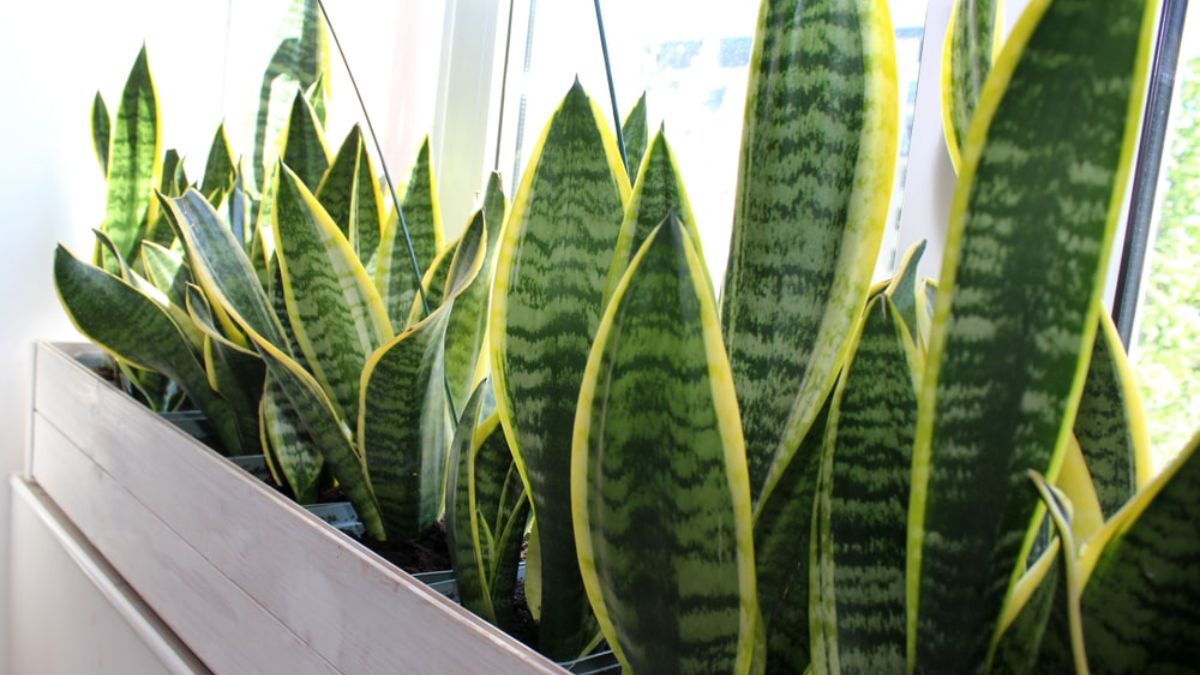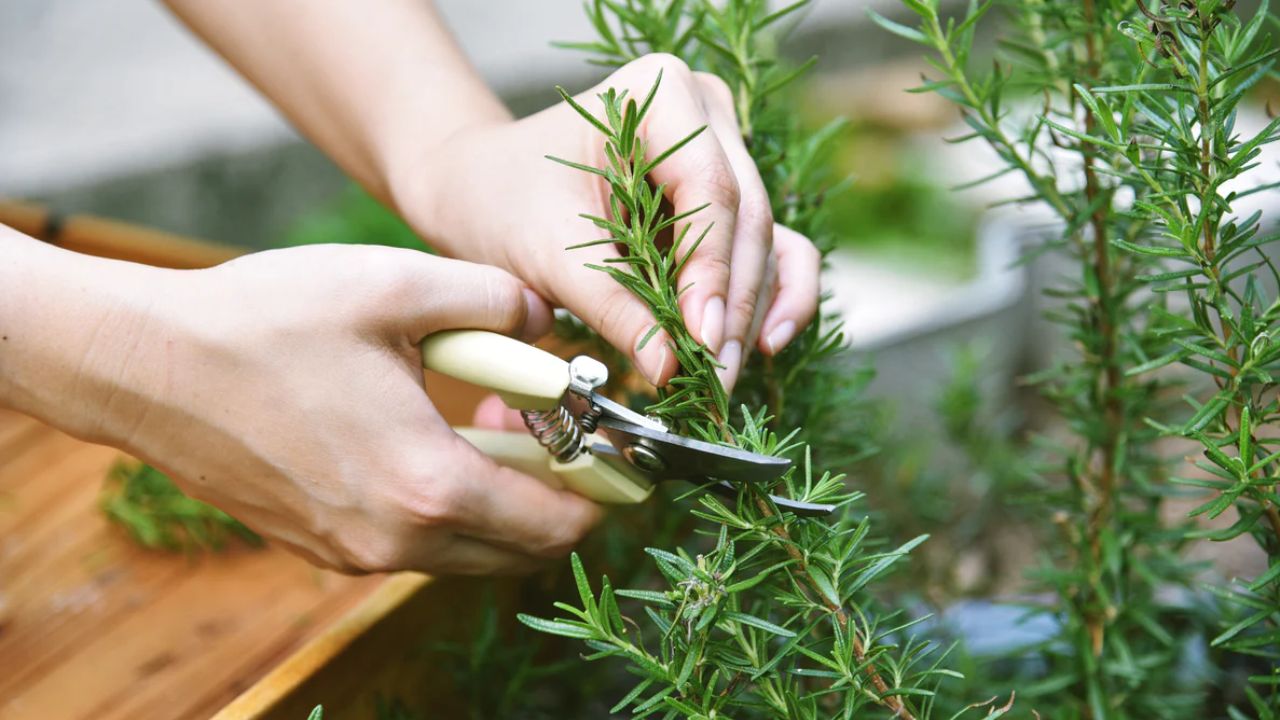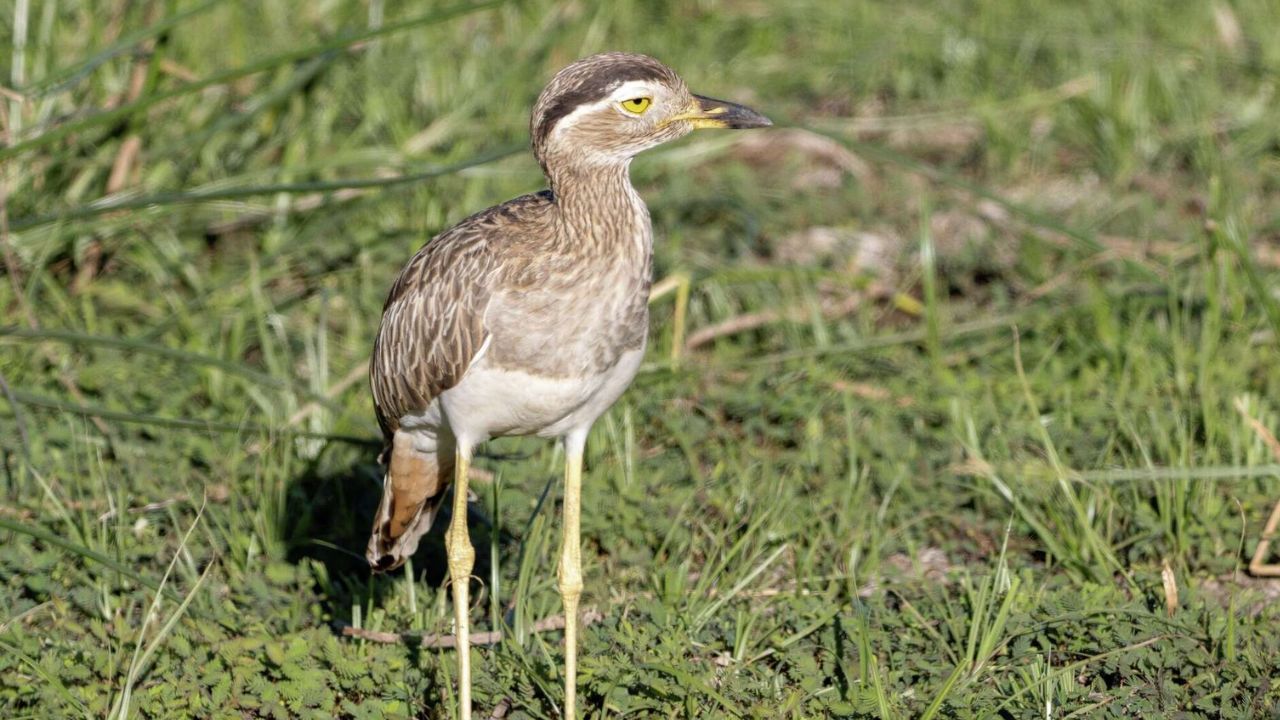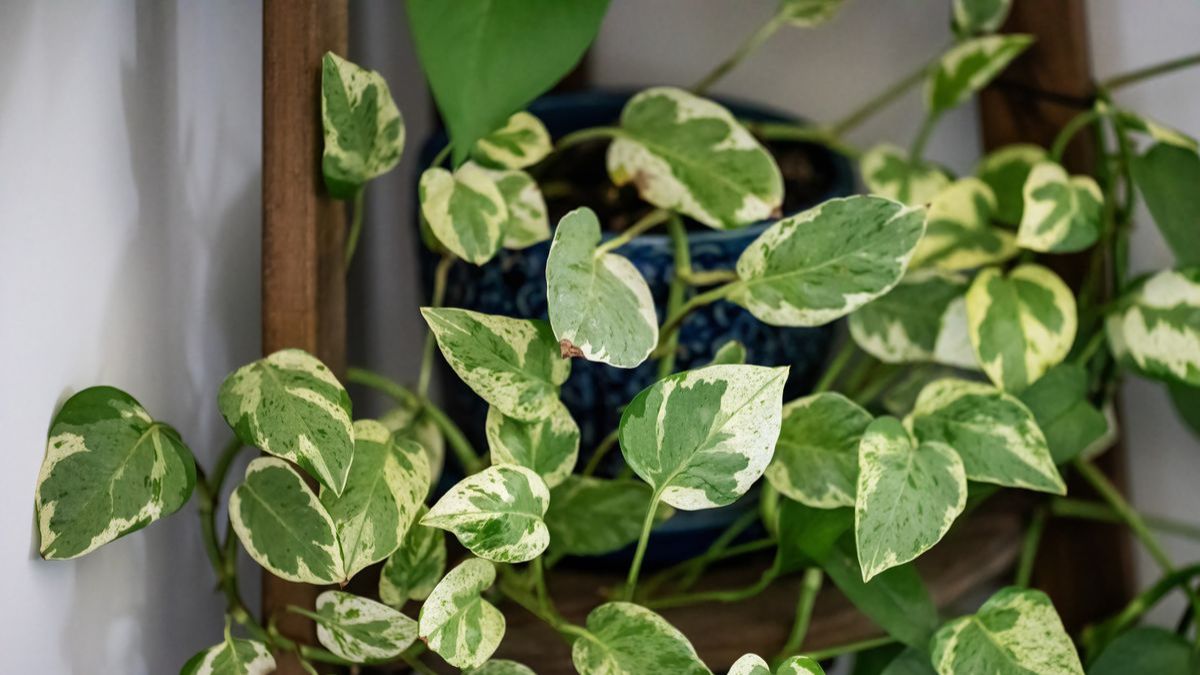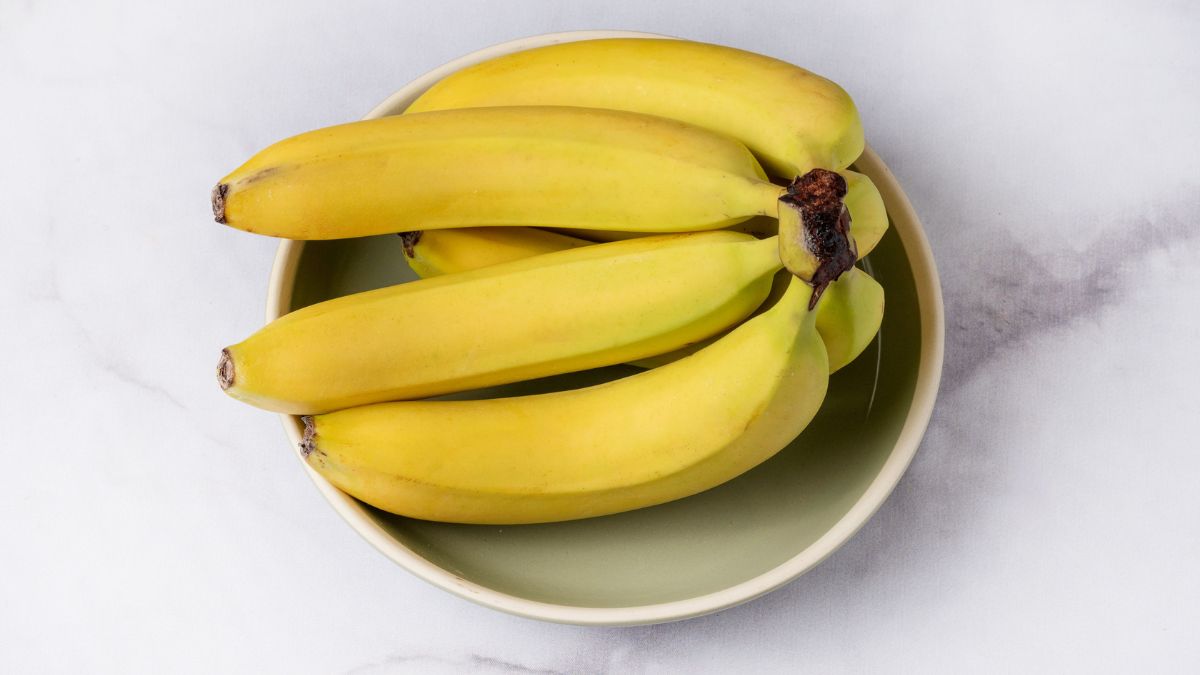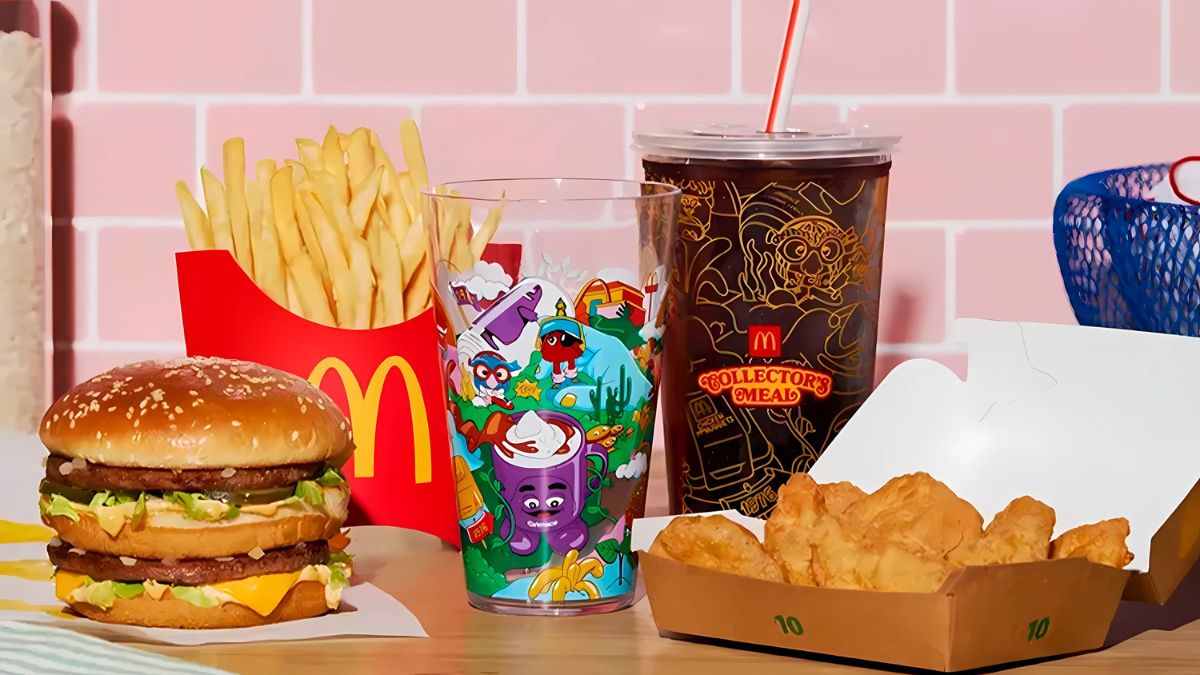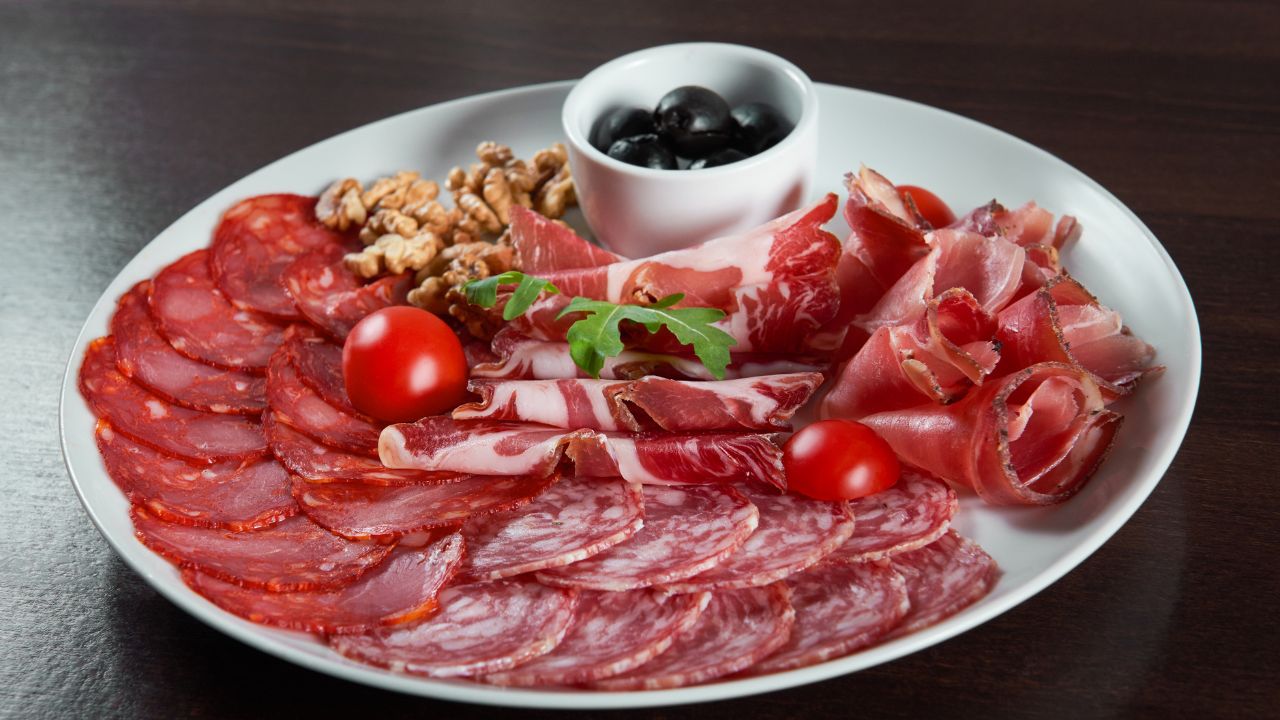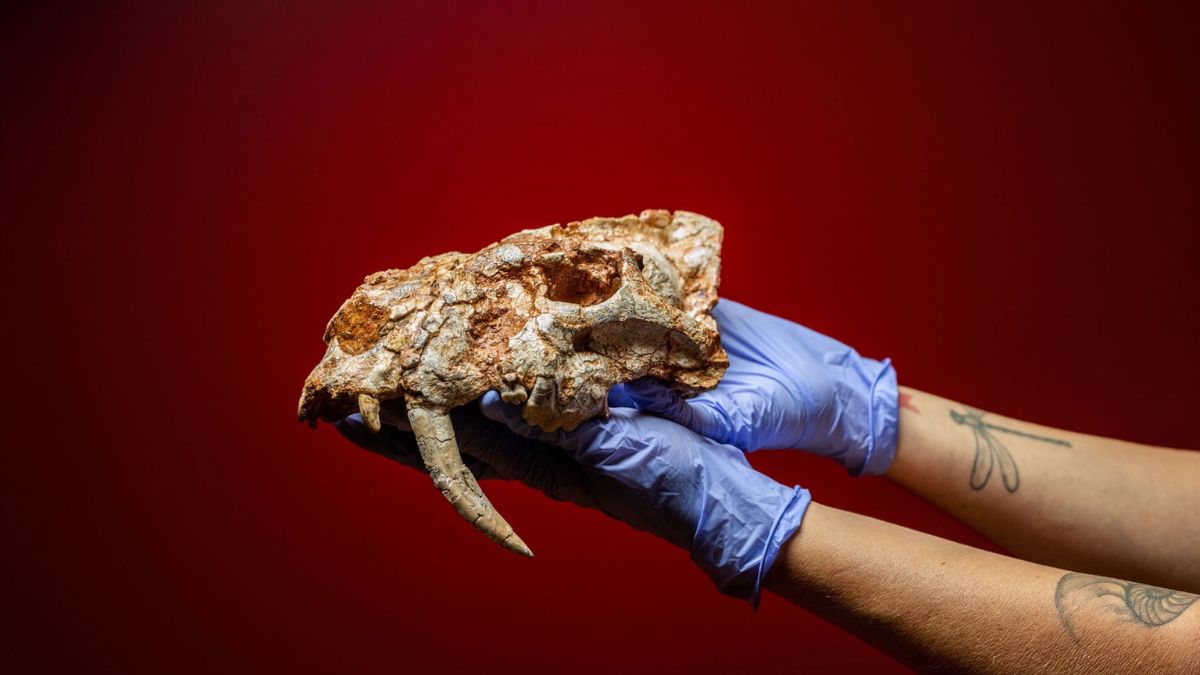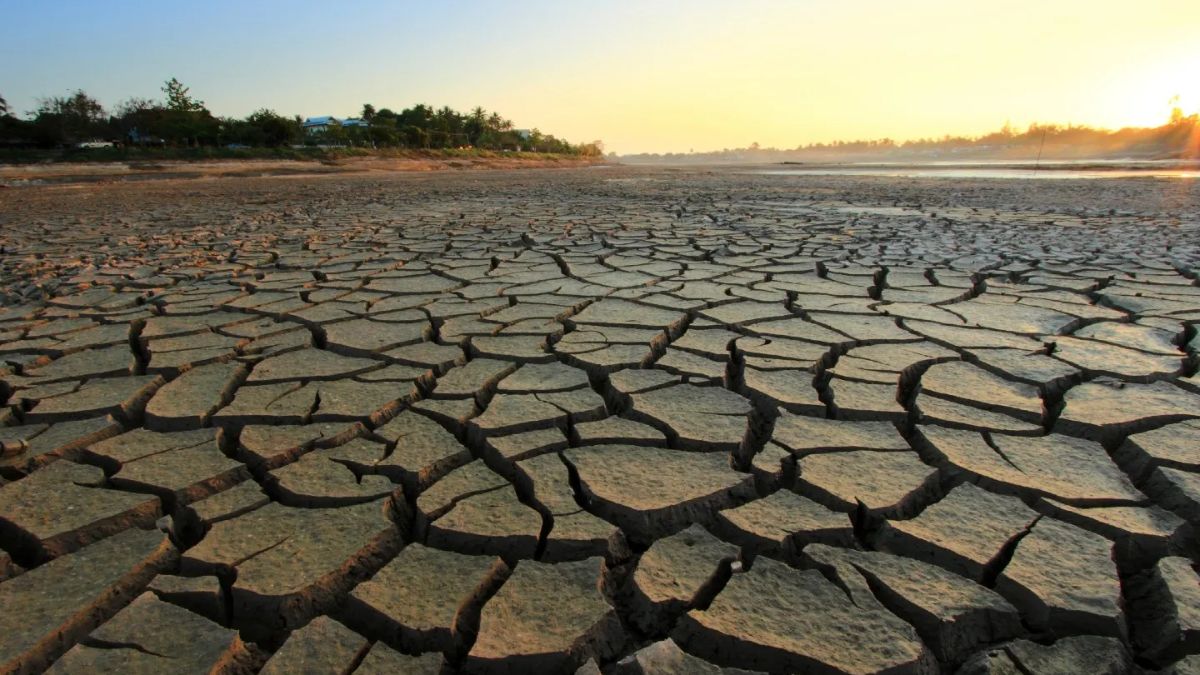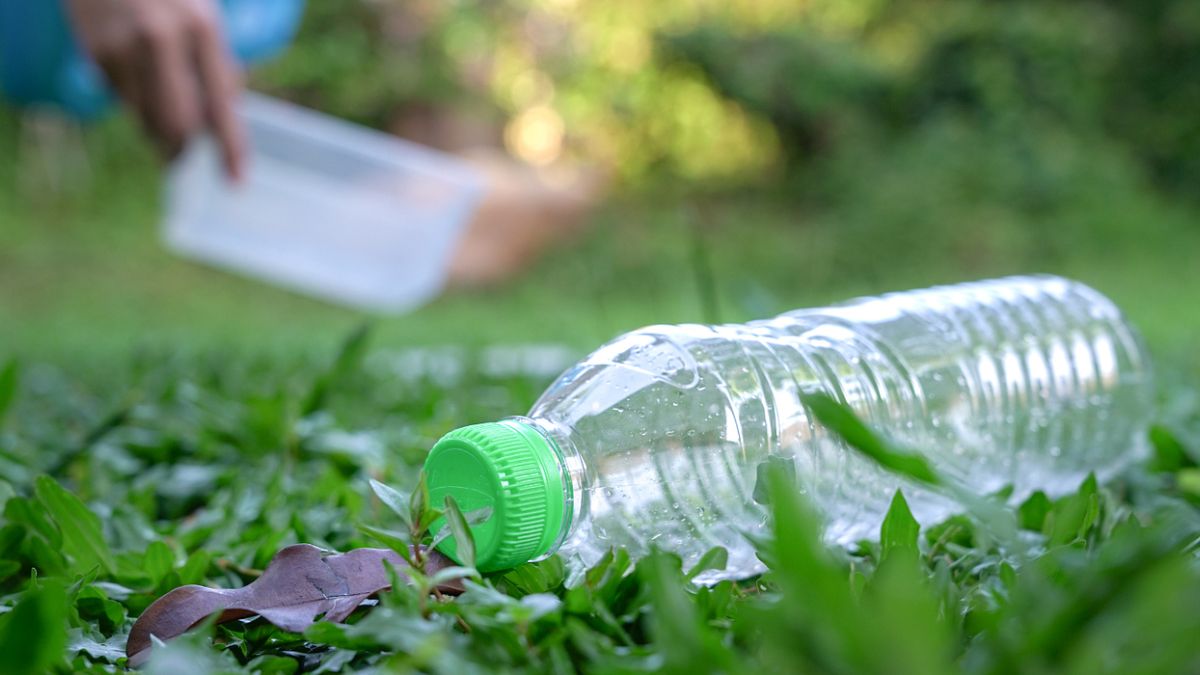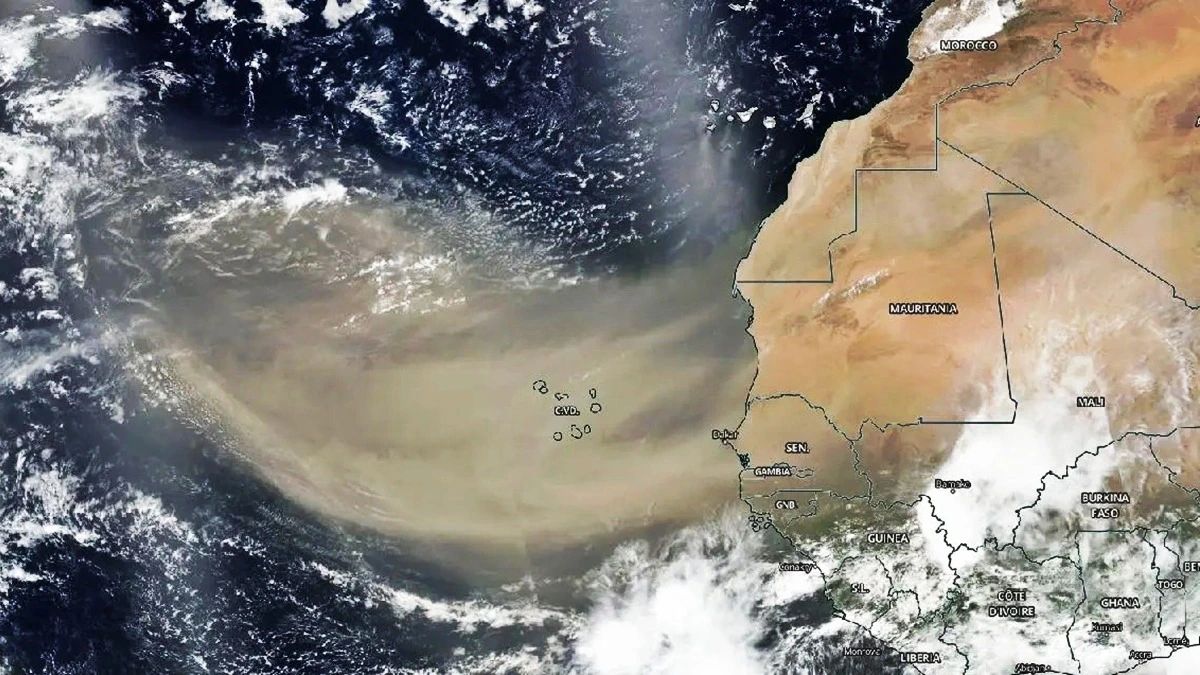If the world spirals into chaos—be it a zombie apocalypse, climate catastrophe, or total Earth collapse—flashlights and survival kits won’t feed you. When canned goods run dry and supermarkets are history, what truly matters is what you can grow. Thankfully, science has already done some of the homework.
Adapt Research has pinpointed six crops that could literally save your life. These plants are tough, packed with nutrients, and can grow in the kind of extreme weather that might follow a global disaster. Whether you’re in a freezing nuclear winter or a blistering hot wasteland, these crops give you a shot at staying alive.
Let’s cut into them.
Cold
When winter lasts forever and the sun is just a rumor, you’ll need crops that thrive in the cold. According to Adapt Research, these are your best bets: spinach, sugar beet, wheat, and carrots.
- Spinach: Rich in iron and vitamins, fast-growing, and surprisingly frost-tolerant.
- Sugar Beet: More than just sweet; it’s an energy booster that survives in icy soil.
- Wheat: A global staple for a reason—calorie-rich and perfect for bread and grains.
- Carrots: Crunchy, long-lasting, and loaded with vitamin A to keep your vision sharp when the lights go out.
In a post-apocalyptic suburban area, wheat and carrots offer vital energy and nutrition. In rural zones? Spinach and sugar beet shine with fast growth and cold resistance.
| Cold-Resistant Crops | Benefits | Why It Matters |
|---|---|---|
| Spinach | Vitamins, minerals | Grows quickly in cold |
| Sugar Beet | Energy source | Thrives in frozen soil |
| Wheat | High in carbs | Key staple for meals |
| Carrots | Vitamin A | Stores well long-term |
Heat
Now imagine the opposite: climate change turns your town into a furnace. Here’s what might still grow: potatoes and beans.
- Potatoes: Incredibly versatile—you can boil, mash, roast, or fry them. Plus, they store well and feed a crowd.
- Beans: Protein-rich, soil-friendly, and urban garden-friendly. Just don’t blame them for the aftereffects…
Researcher Matt Boyd says beans are land-efficient—you can feed more people using less space. So, if you’re stuck in a hot city during the meltdown, beans may be your survival MVP.
| Heat-Resistant Crops | Benefits | Why It Matters |
|---|---|---|
| Potatoes | Carbs, energy | Long-lasting and filling |
| Beans | Protein, fiber | Grows in compact spaces |
Resources
But there’s a catch. Even with the perfect seeds, survival depends on water and soil. If your soil is depleted or your water is polluted, your crops might never grow. This makes water filters, purification tablets, and even composting methods just as vital as the plants themselves.
Without healthy soil and clean water? You’re basically planting hope in dust.
Diversity
Let’s say you only plant potatoes. A pest comes in, and—boom—your entire food supply is wiped out. That’s where crop diversity comes into play. Having a variety of cold- and heat-resistant plants gives you a safety net.
It’s like not putting all your apocalypse eggs in one basket. If one crop fails, another steps up.
Kit
Since you’re already thinking about prepping, here’s what to stash in your lifesaving kit:
- Portable water filters
- Water purification tablets
- Non-perishable food
- Flashlights
- Thermal blankets
- Multipurpose knife
- Matches or a firestarter
Combine that with your survival garden, and you’re better off than most.
In a world where the rules have changed, these six humble crops could be the difference between life and starvation. They don’t just grow in dirt—they grow hope.
FAQs
Which crops grow best in cold?
Spinach, sugar beet, wheat, and carrots thrive in low temperatures.
What are the best crops for heat?
Potatoes and beans handle hot climates and provide nutrients.
Why is crop diversity important?
It prevents total loss from pests, diseases, or bad weather.
What survival kit items are essential?
Water filters, canned food, knife, blankets, and matches.
Can crops grow in poor soil?
Not well; soil quality and clean water are critical for yield.

